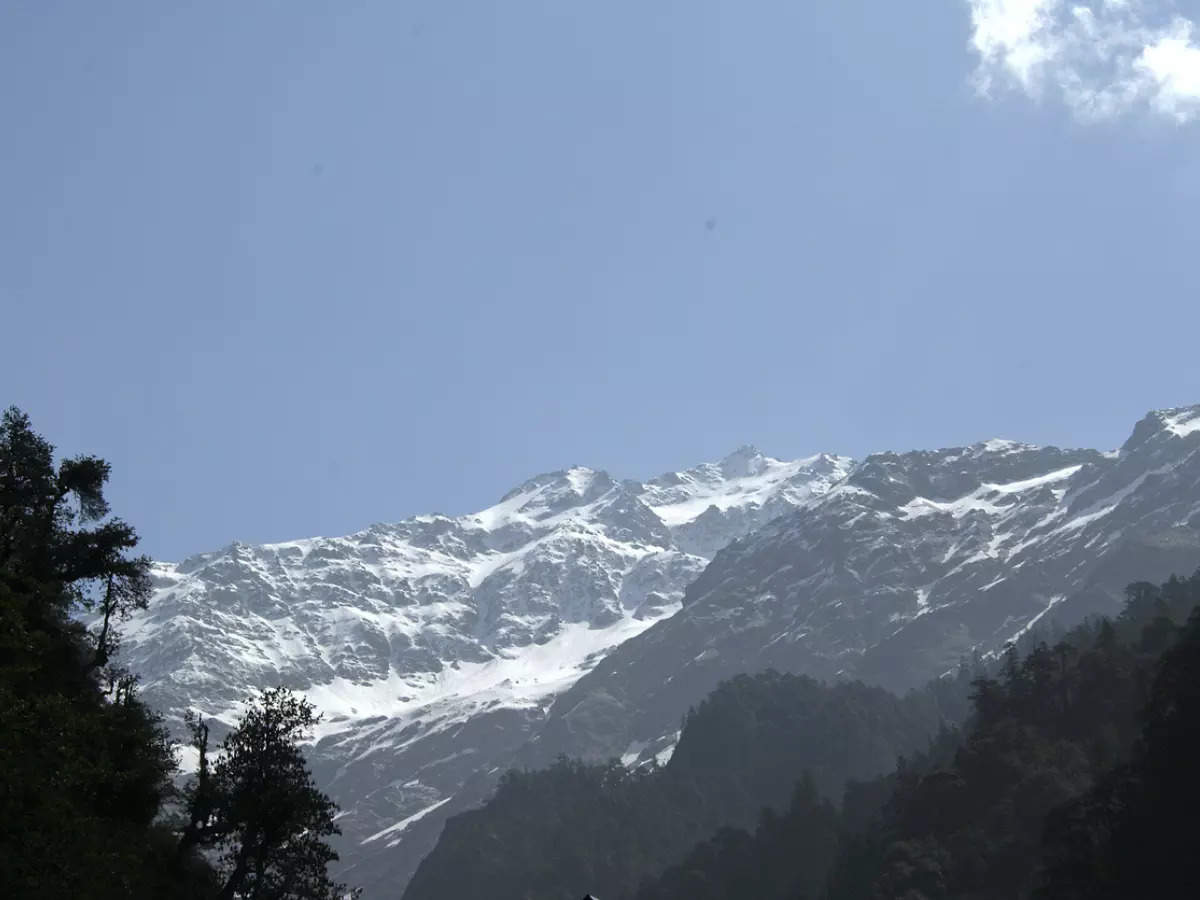This winter, more Indians set to flock visa-free destinations

This winter, more Indians set to flock visa-free destinations
In the bustling city of New Delhi, a notable shift in travel trends is on the horizon, as Indians, traditionally recognized for their penchant for last-minute travel decisions, are poised to significantly boost tourism in recently-introduced visa-free destinations. This surge is expected to particularly impact countries like Malaysia, Thailand, and Sri Lanka, where travelers from India can now explore without the hindrance of visa requirements.
Historically, Indians have been characterized by their tendency to finalize travel plans at the eleventh hour. However, with the advent of visa-free access to these Southeast Asian gems, a paradigm shift in travel behavior is becoming increasingly evident. The newfound accessibility to Malaysia, Thailand, and Sri Lanka is anticipated to draw a substantial influx of Indian tourists, with projections suggesting a potential augmentation of 20-30% in visitor numbers.
The allure of visa-free travel lies in its simplicity and convenience, eliminating the bureaucratic hurdles that often accompany international journeys. This streamlined process is expected to be a key driver in motivating Indian travelers to explore these enchanting destinations. Malaysia, with its vibrant culture and modern amenities, Thailand, renowned for its exotic beaches and rich cultural heritage, and Sri Lanka, boasting a unique blend of history and natural beauty, are all poised to benefit from this surge in Indian tourists.
Tourism stakeholders in these visa-free nations are gearing up to accommodate the anticipated increase in visitors. From hospitality providers to tour operators, the entire tourism ecosystem is preparing to welcome Indian travelers with open arms. This boost in tourism is not only expected to contribute to the economic growth of these countries but also foster cultural exchanges and strengthen diplomatic ties between India and its Southeast Asian counterparts.
As Indians embrace the newfound freedom to explore these visa-free destinations, a mutual exchange of experiences and appreciation for diverse cultures is poised to flourish, creating a win-win situation for both the travelers and the host countries. The evolving travel landscape reflects the dynamic nature of global tourism and highlights the role of policy changes in shaping the preferences of discerning travelers.







